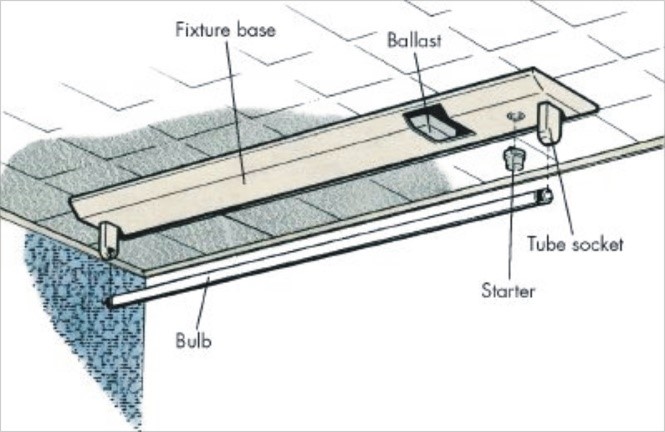
One of the fastest moving frontiers of the LED lighting market is the opportunity to replace linear fluorescent fixtures. There are more than 1 billion linear fluorescent lamps installed in the U.S. alone. Generally, linear LED replacement technologies can be put into one of three bins; whole fixtures, ballast bypass, or plug-and-play lamps. As is to be expected, each has advantages and disadvantages.
Whole Fixtures
This was the first type of linear LED fixture to become available. In this type of replacement, the whole fixture, base and all, is removed and a new LED version is installed. This is the most expensive option as the customer is paying for not only the LED lamp, driver, and fixture, but also the labor to remove and install the old one. However, advances in integrated individual lighting controls such as dimming, integrated occupancy and photo sensors, and WIFI capability are not yet available with other linear LED replacement options.
Ballast Bypass
Utilizing a ballast bypass LED system allows the existing fixture to remain in place, but the ballast is bypassed and wired directly to the LED lamps. The LED lamps have built in drivers and other circuitry which makes this possible. They are generally less expensive than whole fixture replacements, but these types of replacements still require an electrician to ensure the wiring is properly installed. Additionally, because it’s just the lamp, added functionality (like the controls outlined in the previous section) would have to be achieved using other equipment.
Plug-and-Play Lamps
These are the most recent additions to the LED family. LEDs in this family are by far the easiest to install. Turn the power off to the fixture, pull the existing linear fluorescent lamp out, plug the new LED lamp right in to the existing socket, then turn the power back on – instant LED savings without the need for a lot of labor or demolition. However, the original fluorescent ballast is still installed, and is still consuming an extra 3-4 Watts in addition to the new lamp.
Which One is the Best?
Standard engineer response incoming: it depends. Customers who want the easiest and fastest way to LED savings will usually be best suited with plug-and-play lamps. Those who want ultimate control and functionality will prefer whole fixtures. Savings will depend on specific project parameters (existing lighting, operating hours, etc.), but incentives for all types of linear LED replacements are available through prescriptive and custom programs.




